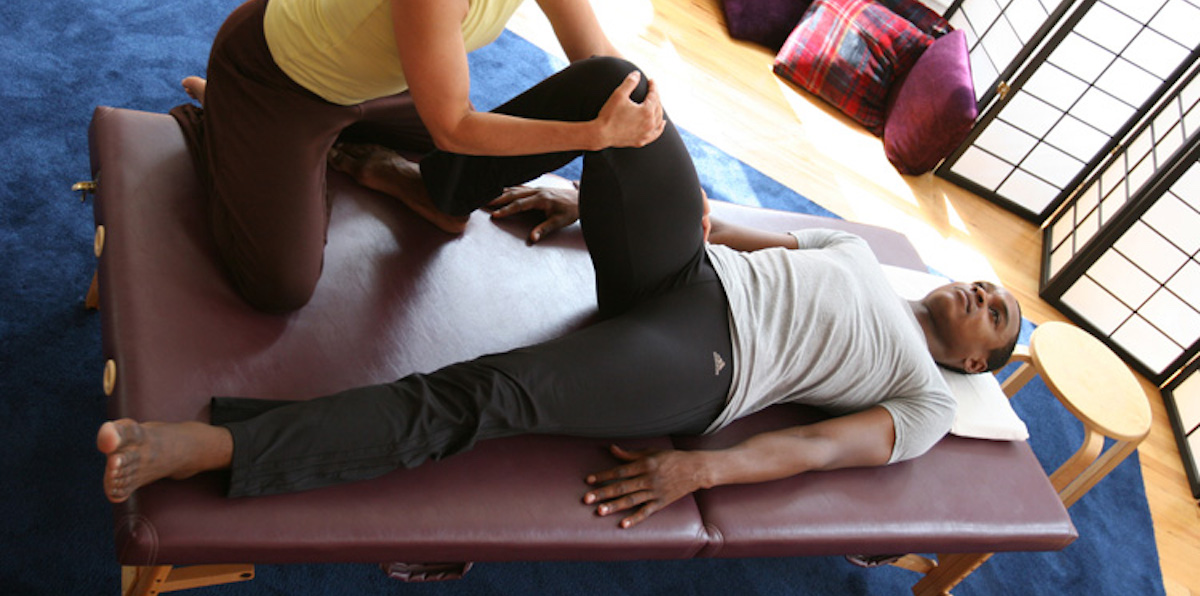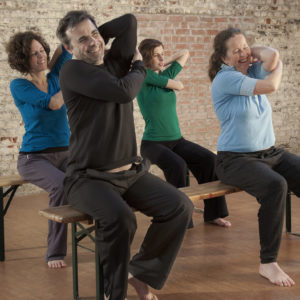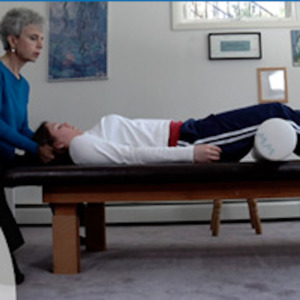Brain Trauma: Movement Rehabilitation
The Feldenkrais method® has tools to help you, or a person you care for, retrieve functional movements which were lost due to brain trauma.

Brain trauma can be caused by stroke, injury, or progressive diseases. The Feldenkrais Method will help you regain functional movements.


For brain trauma recovery, your brain has to have a compelling need to find a new solution for the function at hand. Once it does, your brain will create new pathways in undamaged parts of itself. A Feldenkrais® practitioner is equipped not only with knowledge to improve movement affected by brain trauma, but also with the ability to respond creatively in the moment, when an opportunity to heal arises.
These Feldenkrais sessions are conducted with a variety of touches that alert the nervous system to the places touched and how to move them. When verbal directions of a movement sequence is used, the client learns and is able to repeat the movement between sessions. If there is a caretaker involved, they also learn the movements so they can help the client outside of the sessions.
People I work with include stroke survivors, people with brain damage or paralysis caused by trauma, and progressive diseases like Multiple Sclerosis or Guillain-Barre. I give them ways to trick their brain into controlling the movement of a limb or another parts of the body, and initiating it. The delight and hope that come with finding a way is shared by most of my clients.
Dr. Feldenkrais
Dr. Feldenkrais was inspired and informed by the very early learning process, which takes more than a year to culminate in standing and walking. He studied the early connections the brain makes and then experimented with those connections to create new structures around brain trauma. He also understood that there is a hierarchy of movements that are necessary for survival and then used that hierarchy to prompt the brain into action.
After recent scientific research, the term brain-plasticity is now common. Brain-plasticity refutes the theory that the brain can only lose connections but not create them after a certain age. While It might not create new cells, your brain can in fact change neural pathways thereby creating new structures to heal from brain trauma.
Decades ago, after observing thousands of people he had helped recover physical functions from brain trauma, Dr. Feldenkrais correctly theorized about recent discoveries in brain plasticity.
Which class is right for you?
Available Classes






